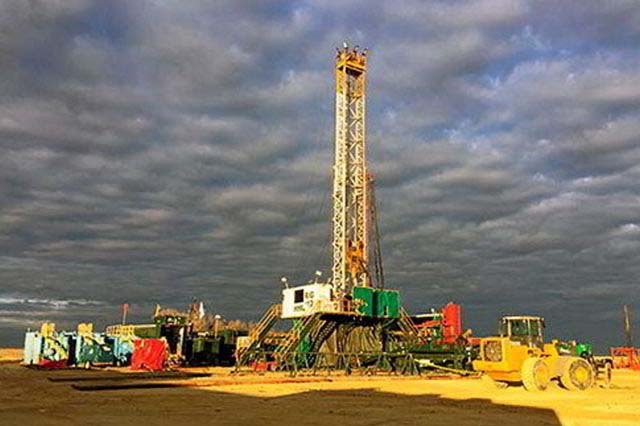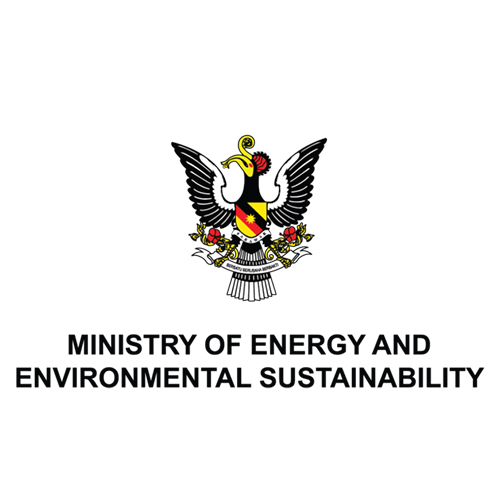Geologists expect ‘gold rush’ for natural H2 resources, conference told
There are trillions of tonnes of naturally occurring hydrogen in underground reservoirs, a tiny percentage of which would meet all the world’s H2 needs for hundreds of years, geologists said last week — arguing that a “gold rush” to exploit reserves is about to start.
An unpublished report from the US Geological Survey (USGS) — an agency of the US government — has found that there are as much as five trillion tonnes of natural hydrogen underground, USGS researcher Geoffery Ellis told a US conference last week, according to the Financial Times.
And just a fraction of that would be enough to meet global H2 demand for years to come, Ellis told the American Association for the Advancement of Science annual meeting in Denver.
“Most hydrogen is likely inaccessible, but a few per cent recovery would still supply all projected demand — 500 million tonnes a year — for hundreds of years,” he said, during a preview of the USGC report at the conference.
The Hydrogen Council estimates that global hydrogen demand will reach 375 million tonnes per year by 2050.
This means that investment is likely to begin flowing into natural hydrogen production imminently, Mengli Zhang, research assistant professor at the Colorado School of Mines told the Denver audience.
“A gold rush for gold hydrogen is coming,” she said, adding that exploiting natural hydrogen — sometimes known as gold or white hydrogen — would be cleaner and cheaper than making H2 via steam methane reforming or electrolysis.
The news comes as the US government allocated the first tranche of a $20m subsidy programme for technologies to measure and produce natural H2.
Until a few years ago, the scientific consensus was that naturally occuring hydrogen underground would be destroyed by microbes or chemical processes close to the Earth’s surface.
But Alexis Templeton of the University of Colorado, Boulder, told the conference that geologists now believe subterranean hydrogen is generated in large quantities when iron-rich minerals react with water.
“We haven’t looked for hydrogen resources in the right places with the right tools,” said Ellis.
Several exploration companies are already actively searching for H2 resources, with the aim of commercialising them.
Australia’s Gold Hydrogen reported in November that it had found “elevated levels” H2 in its South Australian well, while Bill Gates-back US explorer Koloma has been searching the US Midwest.
Earlier this year, researchers found a “spring” of almost pure natural hydrogen in Albania, producing up to 200 tonnes per year.
However, it has yet to be proven that natural hydrogen can be commercially exploited at scale, partly due to the fact that it always seems to be mixed with other gases such as methane, from which it will need to be separated, and partly due to the size of the reserves discovered to date.
The only current use of natural hydrogen anywhere in the world is in a village in Mali, west Africa, where it is burned — unseparated from other gases — to generate electricity.
Hydrogen Insight reached out to the USGS for further details but had not received a response at the time of publication.









